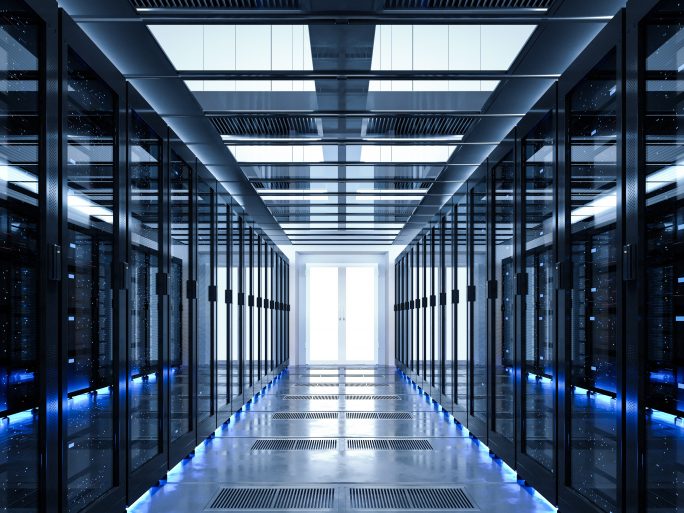Data Centres Will Be Able to Reduce Power Consumption with Direct Liquid Cooling

By implementing direct liquid cooling, electricity bills can be reduced by 10-20%.
The continuous increase in energy prices is making this an important consideration in all types of industries, but the data centre sector has been particularly concerned due to the high power consumption requirements of data centres.
With rising costs, as a result, there is an additional impetus for a solution that can significantly reduce the electrical energy costs of data centre cooling. Given the ever-increasing power density in these facilities, liquid cooling is emerging as a more efficient and cost-effective answer.
Especially for application in certain data centres, direct liquid cooling and immersion cooling have become two resources that deserve special attention due to their high air-cooling efficiency, which in turn is able to reduce costs. According to a survey conducted by the Uptime Institute, 60 % of the ICT managers in the companies surveyed consider cost savings to be an essential factor for companies to opt for a transition to this type of solution such as direct liquid cooling.
Direct Liquid Cooling (DLC) is a technology targeted at a very specific niche of the data centre industry, which has a highly densified rack infrastructure, higher power consumption and higher temperature to dissipate. As the latter requires higher energy expenditure, the situation would lead to a vicious circle that can be avoided by applying DLC techniques.
DLC techniques can reduce electricity bills by 10-20%, but this requires significant investment as air-cooling systems have to be replaced. One obstacle to the mass adoption of this technology is the lack of system standardisation, as well as the fear of possible damage in the event of circuit leakage. On the other hand, the great advantage is, in addition to the energy savings, and the reduced environmental impact.